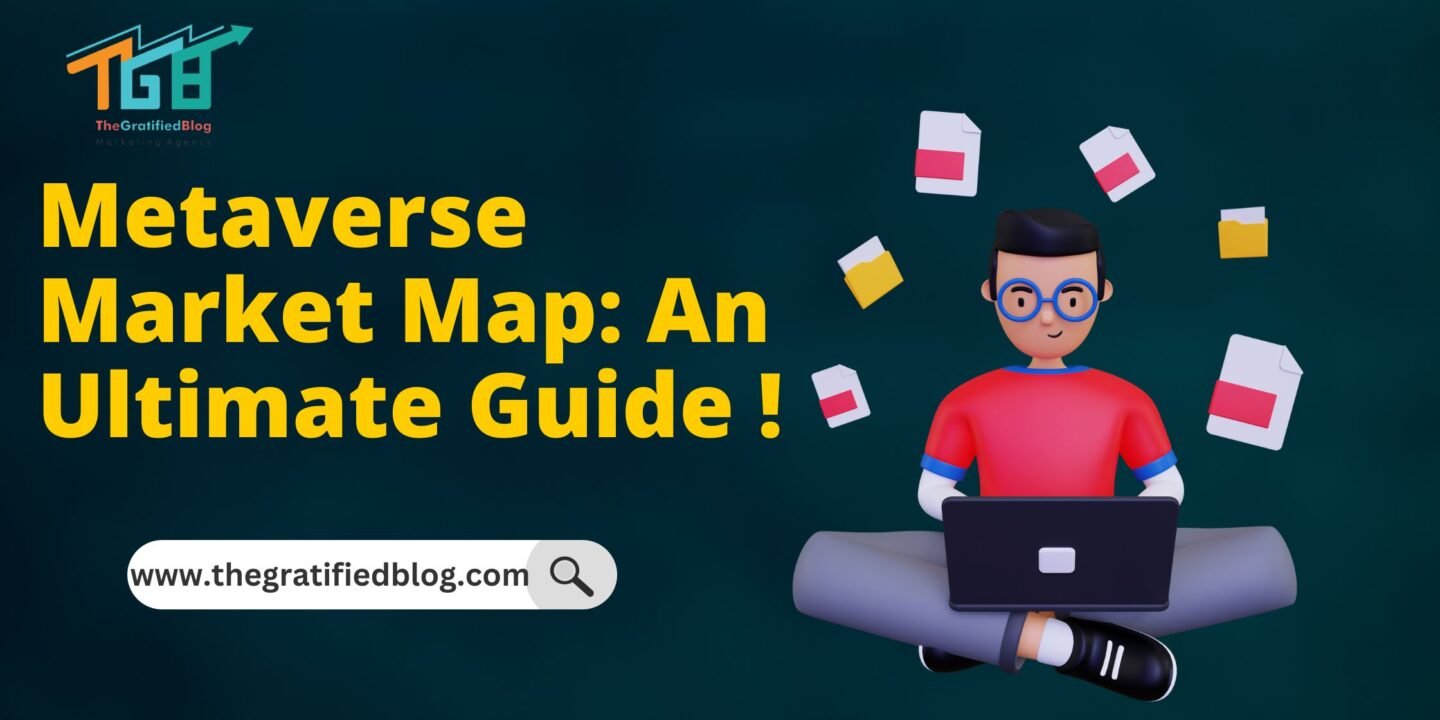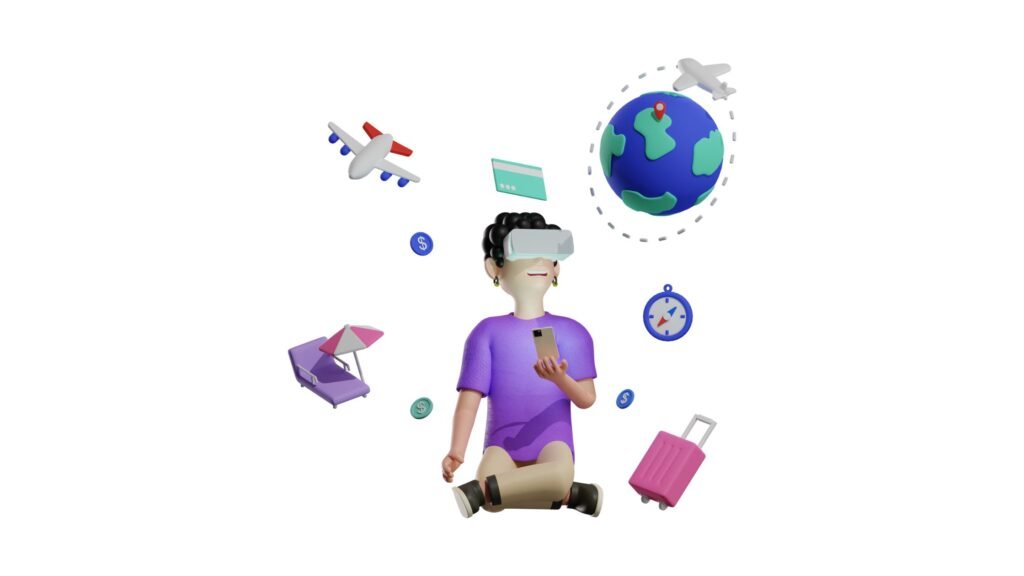
The metaverse has emerged as a powerful concept in the fast-evolving landscape of technology and digital innovation. As we delve deeper into the metaverse, one essential tool that has proven invaluable for understanding this complex and interconnected virtual universe is the “Metaverse Market Map.” This extensive guide will lead you on a journey to delve into the nuances of this critical tool and how it can help you navigate the metaverse effectively.
What Is The Metaverse Market Map?

A metaverse market map typically refers to a visual representation or infographic that outlines the various components, platforms, technologies, and companies involved in the emerging metaverse ecosystem. The term “metaverse” refers to a collective virtual shared space, often described as a convergence of physical and digital reality, where people can interact, socialize, work, play, and create in a 3D digital environment. The metaverse concept has recently gained significant attention, especially in technology, gaming, and virtual and augmented reality.
- A Metaverse Market Map could include information about:
- Metaverse Platforms: These are the virtual worlds or environments where users interact. Examples include VRChat, Roblox, Fortnite, and Second Life.
- Metaverse Development Tools: Software, SDKs, and APIs that allow developers to create content and experiences within the metaverse
- Virtual Reality (VR) and Augmented Reality (AR): hardware and software for immersive experiences, such as VR headsets and AR glasses
- Blockchain and Cryptocurrencies: Integration of blockchain technology and cryptocurrencies for digital assets, virtual land ownership, and in-game economies
- Social and Communication Platforms: Apps and services for socializing and connecting with others within the metaverse
- Metaverse Infrastructure: The underlying technology that supports the metaverse, including servers, cloud services, and data centers.
- Gaming and Entertainment: Companies and platforms focused on gaming, streaming, and content creation within the metaverse
- Metaverse Economies: Companies and projects related to virtual goods, NFTs (Non-Fungible Tokens), and virtual currency
- Virtual Real Estate and Land Ownership: Platforms and companies dealing with virtual property, land, and real estate within the metaverse
- Education and Work: Tools and platforms for remote work, education, and collaboration within the metaverse.
- Healthcare and Wellness: Initiatives related to healthcare, therapy, and well-being in the metaverse
- Security and Privacy: Technologies and solutions for guaranteeing ensuring user security and privacy within the metaverse
The Importance Of Data In Mapping The Metaverse
Data is crucial in mapping and shaping the metaverse, a virtual, interconnected, and immersive digital universe. Here are some key reasons why data is essential in this context:
- User Engagement and Experience: The metaverse is about creating immersive user experiences. Data on user behavior, preferences, and interactions helps developers and content creators tailor the environment to maximize engagement and satisfaction. It allows for personalization and customization, ensuring users have a more enjoyable and relevant experience.
- Content Creation and Curation: Mapping the metaverse involves creating vast amounts of digital content, including 3D models, textures, audio, video, and more. Data on popular content types and how users interact with it helps curate and produce high-quality content that resonates with the community.
- Navigation and Wayfinding: Navigating the metaverse can be complex, given its vastness. Data on user movement and spatial preferences can be used to design intuitive navigation systems and landmarks, making it easier for users to explore and interact within the virtual world.
- Social Interaction and Networking: Social connections are fundamental to the metaverse. Data on social interactions, such as friend networks, communication patterns, and group dynamics, helps developers create and optimize social features and systems within the metaverse.
- Economic Activity and Commerce: In the metaverse, financial transactions can be substantial, involving virtual goods, services, and even real-world economic activities. Data is essential for tracking economic trends, pricing models, and user spending patterns, which influence the development of virtual economies and marketplaces.
Conclusion
The Metaverse Market Map provides a vital overview of the evolving metaverse landscape. This dynamic space encompasses various industries, from gaming to virtual real estate and blockchain. As the metaverse continues to evolve, staying informed is crucial.
Join the conversation! Share your thoughts on the Metaverse Market Map and its impact on our lives and society. Your insights can shape the metaverse’s future. Leave your comments below and be part of this transformative dialogue.
We look forward to hearing from you!








No Comments